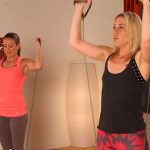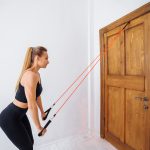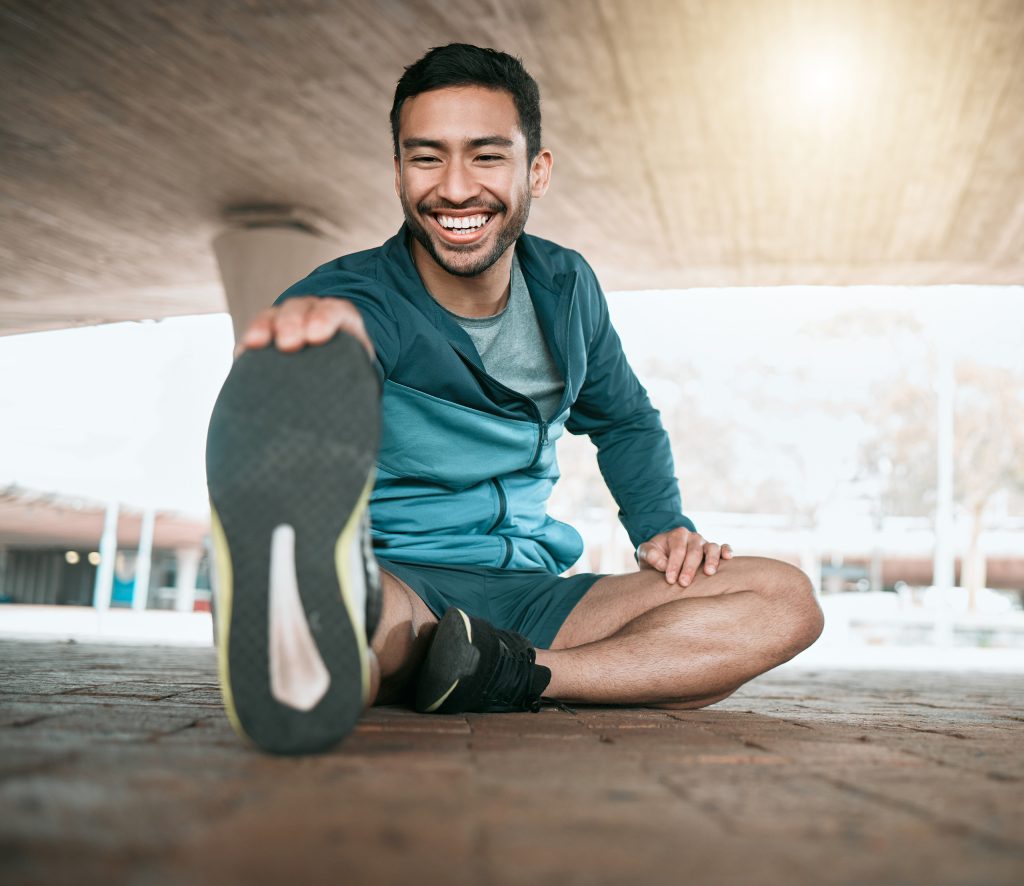
When it comes to fitness, many people struggle not because of a lack of time or ability, but because of excuses. The reality is, an idle body will come up with literally any reason not to work out. One of the most common mental roadblocks is believing that you need fancy gym equipment to get a solid workout. The truth is, your body itself is one of the best tools you have.
Some days, you may feel ready to climb Mount Everest, while on others, it’s tough to get out of bed. Motivation comes and goes, so you need something more reliable to stay on top of your game. One of the most effective strategies is to remove resistance to action. If you can start moving without the friction of driving to a gym or setting up gear, you’ll be far more consistent. That’s where bodyweight exercises shine.
Why Bodyweight Exercises Work
As the name implies, bodyweight exercises use the weight of your body as resistance. You can strengthen muscles, build endurance, improve flexibility, and boost coordination—all without lifting a single dumbbell or using machines. They’re also accessible, adaptable to your fitness level, and can be done anywhere.
Whether you’re at home, traveling, or outdoors, you can build a full-body routine that requires nothing more than floor space. Once you’ve internalized it, moving in the morning is as natural as making bacon and eggs for breakfast.
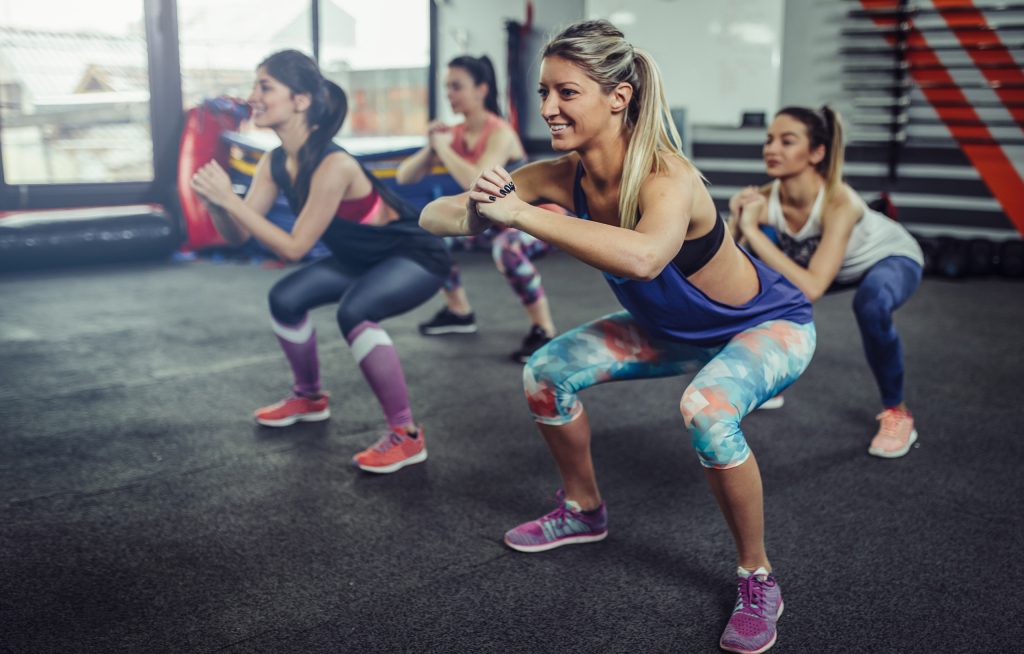
14 Classic Bodyweight Exercises
Below are 14 straightforward and well-known moves you can do anywhere. You’ll probably already know how to do quite a few of them, and that’s the idea. Keeping it simple is another way to remove resistance between you and your fitness goals.
Perform 2 or 3 sets of 10 to 15 reps for each exercise, depending on your level of fitness, unless otherwise noted. Take a breather for 30 to 60 seconds between sets.
Ready? Let’s do this!
1. Push-Ups
Start in a plank position, hands under shoulders, with your body in a straight line. Lower your chest toward the floor by bending your elbows, then press back up.
Focus areas: Chest, shoulders, triceps, core.
2. Squats
Stand with feet shoulder-width apart. Bend your knees and push your hips back as if sitting in a chair. Lower until thighs are parallel to the ground, then push through your heels to stand straight.
Focus areas: Quads, glutes, hamstrings.
3. Plank
Move down to the floor and position your body in a straight line, facing the floor. Rest on your forearms and toes, keeping your body straight. Hold the position for 20 to 60 seconds.
Focus areas: Core, shoulders, back.
4. Glute Bridges
Lie on your back with knees bent and feet flat. Lift your hips toward the ceiling while squeezing your glutes, then lower slowly.
Focus areas: Glutes, hamstrings, lower back.
5. Lunges
Step forward with one leg, lowering your body until both knees form 90-degree angles. Push back to the standing position and then alternate sides.
Focus areas: Quads, glutes, calves.
6. Mountain Climbers
Start in a plank position. Drive one knee toward your chest, then switch quickly as you would when running in place.
Focus areas: Core, cardio, legs.
7. Burpees
Starting from the standing position, squat down, place your hands on the floor, and then jump your feet back into a plank. Perform a push-up (optional), then jump feet forward and move upward with vigor.
Focus areas: Full-body strength and cardio.
8. Dips (Using a Chair or Step)
Sit on the edge of a chair, with hands gripping the edge of the seat. Slide your body forward, bend your elbows to lower your body, then press back up.
Focus areas: Triceps, chest, shoulders.
9. Side Plank
Lie on one side, propping your body up on one elbow. Lift your hips so your body forms a straight line. Hold for 20 to 40 seconds on each side.
Focus areas: Obliques, shoulders, core.
10. Superman
Lie face down, arms extended. Lift your arms, chest, and legs off the ground simultaneously, hold briefly, then lower.
Focus areas: Lower back, glutes, shoulders.
11. High Knees
Stand tall and jog in place, bringing knees up to hip level quickly as you complete each motion.
Focus areas: Cardio, legs, coordination.
12. Calf Raises
Stand with feet hip-width apart. Raise the position of your body with the balls of your feet, pause, then lower back down.
Focus areas: Calves, ankle stability.
13. Bicycle Crunches
Lie on your back, with your hands behind your head. Bring knees to tabletop position. Extend one leg while twisting your torso so the opposite elbow meets the bent knee, then switch sides.
Focus areas: Abs, obliques.
14. Wall Sit
Stand with your back against a wall, lower into a squat position until your thighs are parallel to the ground, and hold for 30 to 60 seconds.
Focus areas: Quads, endurance, core stability.
Leveling Up with Resistance Bands
If some of these exercises start feeling too easy, adding resistance bands increases intensity. Bands provide extra resistance on squats, push-ups, glute bridges, and rows, making your muscles work harder while still being portable and affordable. They’re an excellent middle ground between pure bodyweight training and gym equipment.
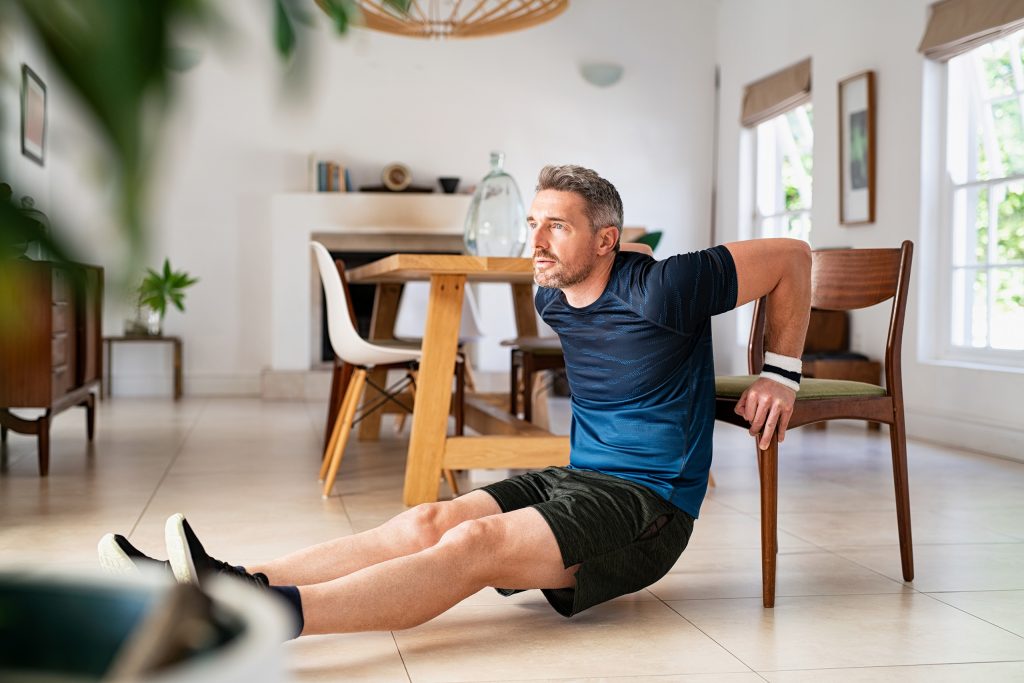
Conclusion
You don’t need a gym membership or heavy weights to build strength and stay fit. By removing barriers that may lead to excuses, bodyweight training makes it easier to take action consistently. You can get a full-body workout this way as well. Exercises like push-ups, squats, planks, and lunges cover all major muscle groups, while cardio-driven moves like burpees and mountain climbers add endurance.
Start with a few of these classic exercises, build a routine, and once you’re ready, use resistance bands to increase the challenge. The key takeaway: fitness doesn’t require perfect conditions—it just requires you to start where you are, with what you have. Knowing how to stay fit with no equipment is an advantage that will stay with you for life.

